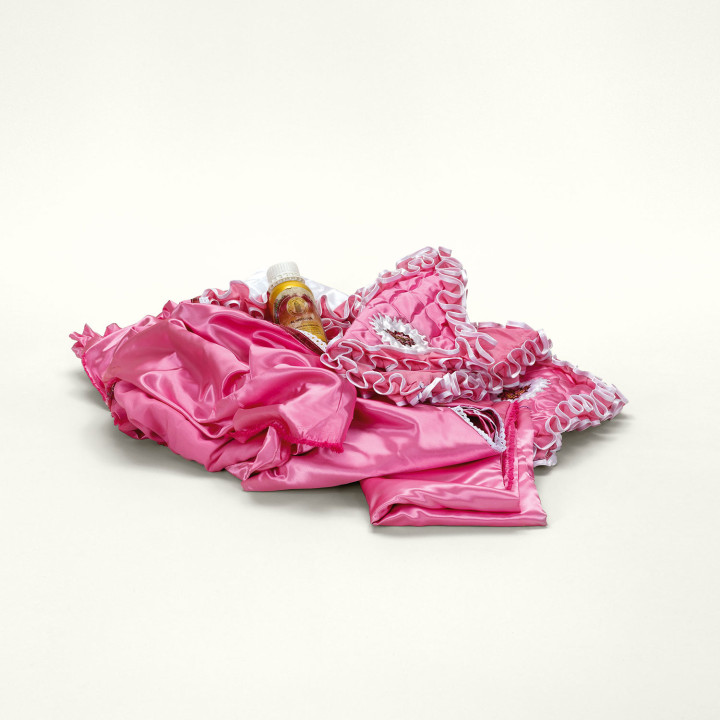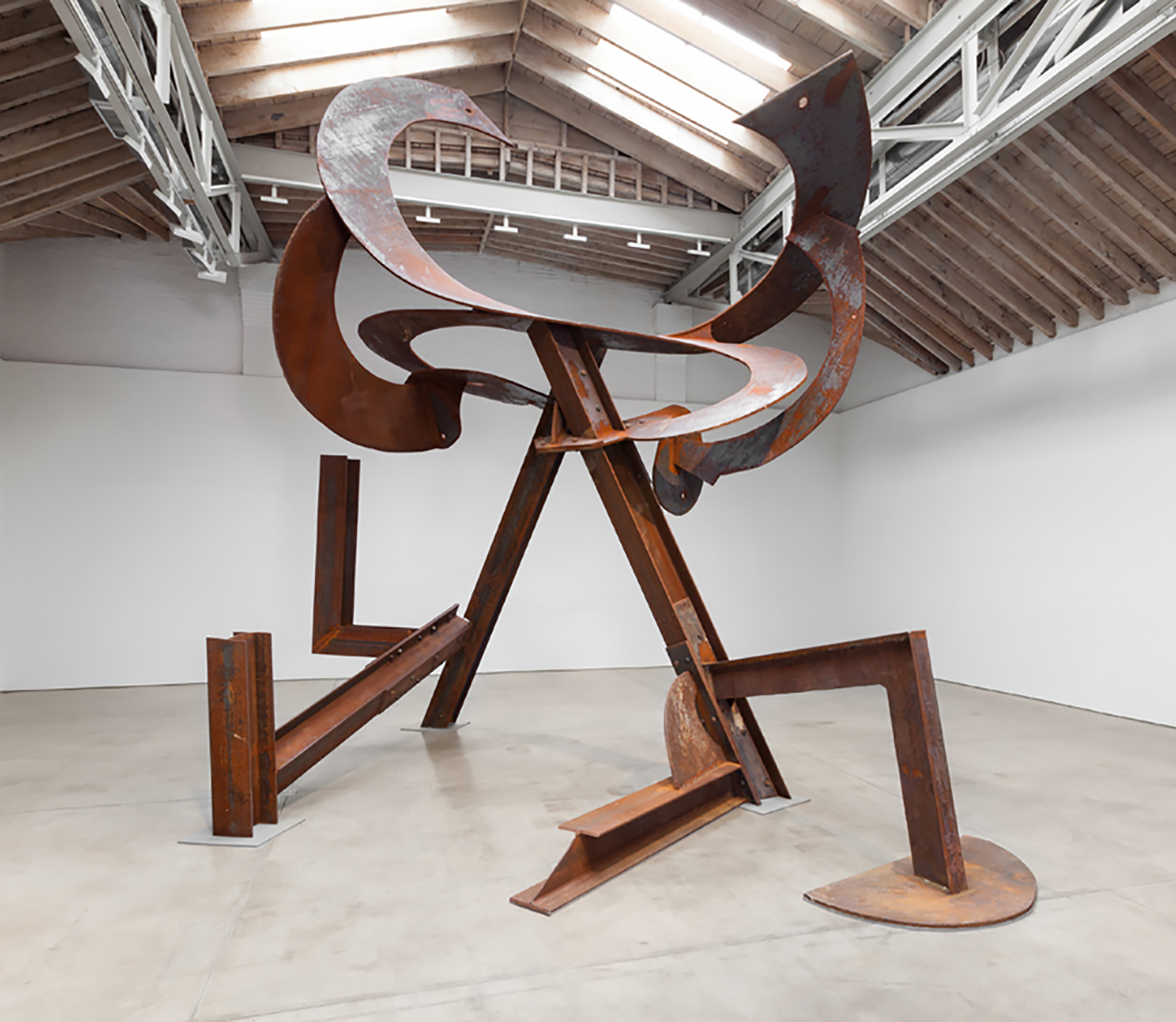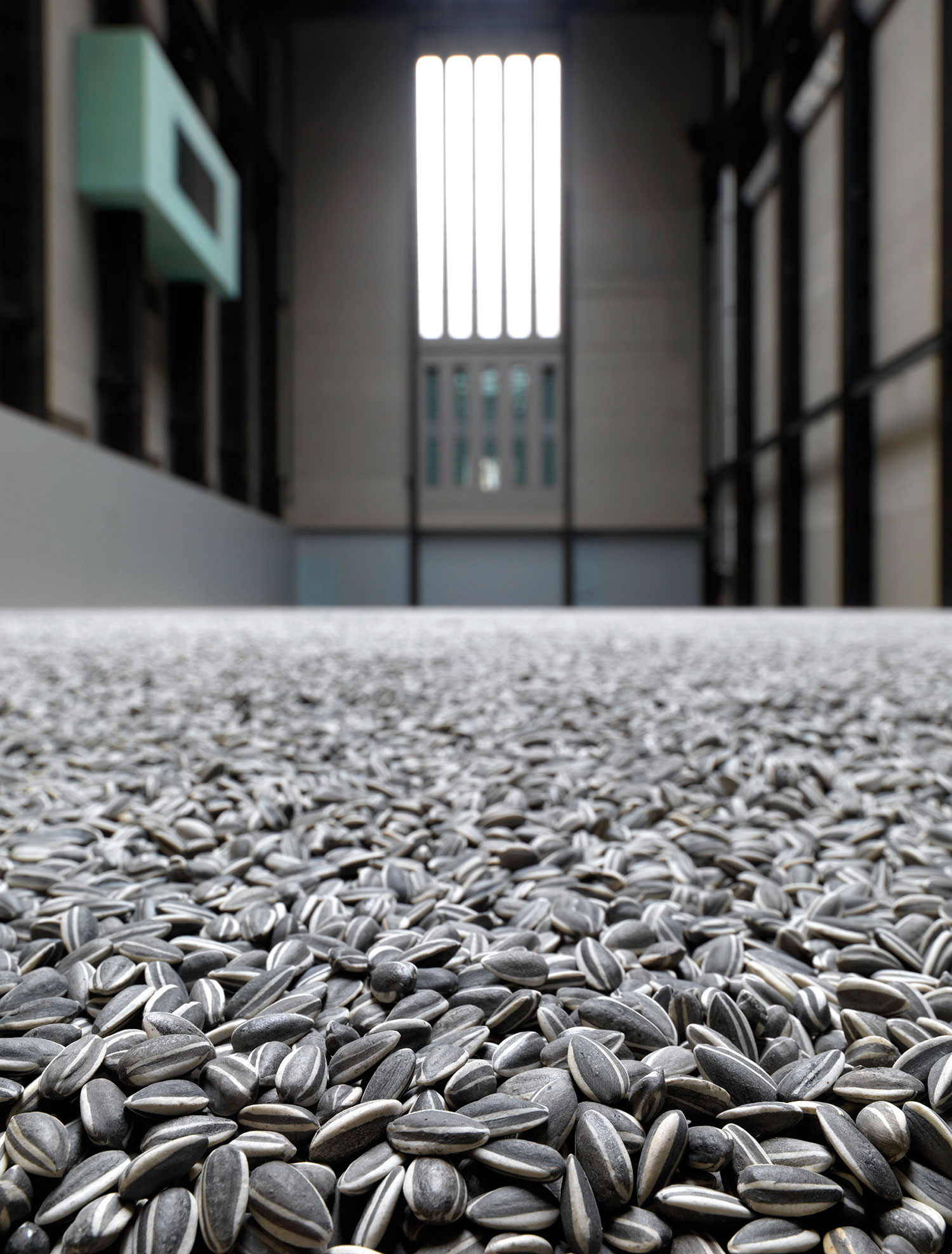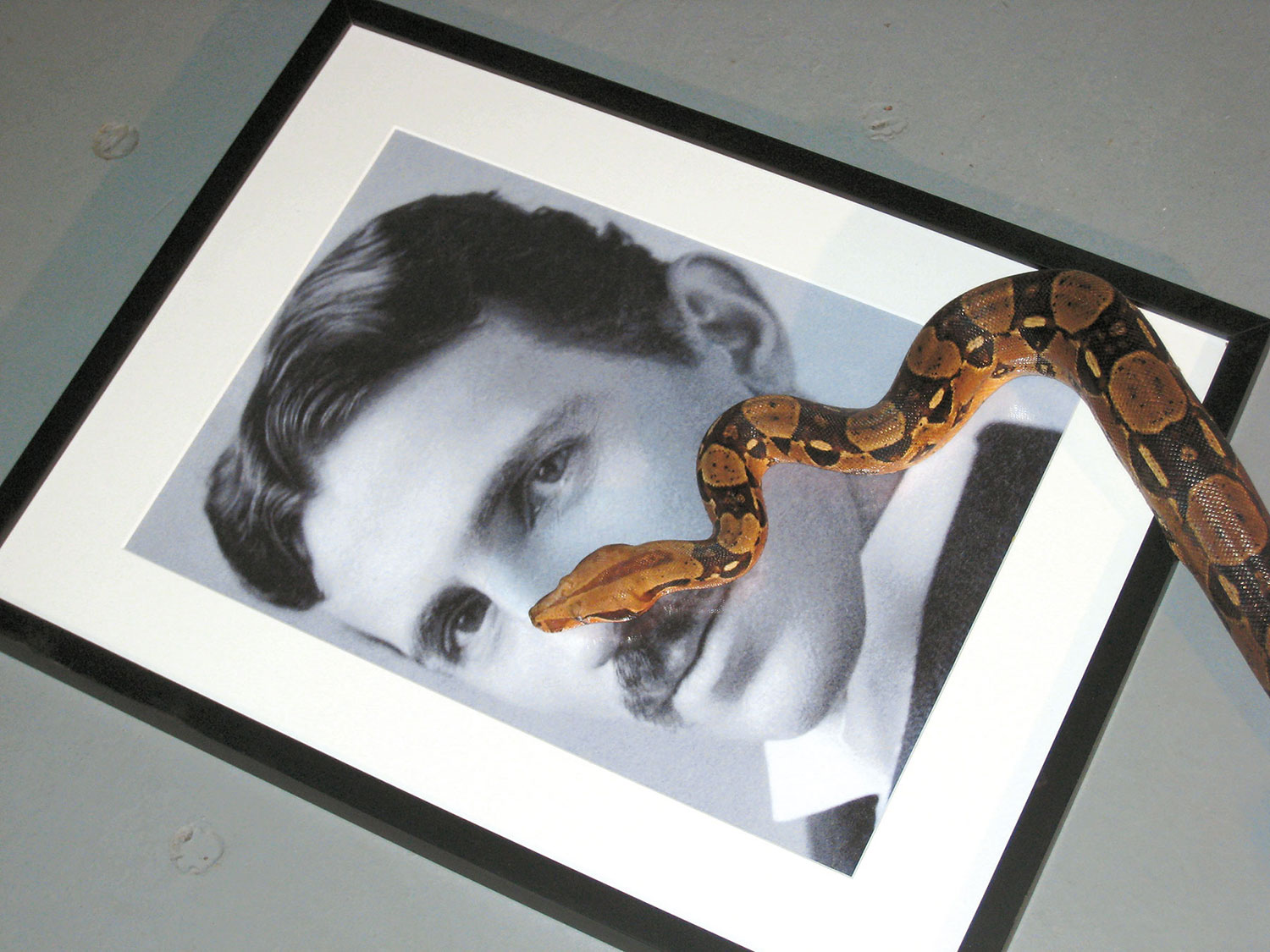
Jenny Schlenzka: In your work you keep tackling the idea of a shared reality and the possibility — or impossibility — of its representation through photography. What exactly is your interest in reality?
Taryn Simon: Distortion as a constant — this is one of my interests. Only through a dissection of distortion can one move toward the possibility of a core that could be called reality.
JS: Could you elaborate a little further? What would you say are your strategies of distortion?
TS: In looking at it, I inescapably contribute my own layers of falsehood. There are admitted interventions in all of my photographs, although no discernible formula or strategy. I rarely photograph precisely what is before me. I construct the image’s lighting and geometry, components to seduce. It’s the text that attempts to counter and control the fantasies and multiple truths the image allows.
JS: It is striking that you rarely show a photo of yours without an accompanying text.
TS: I’m interested in the invisible space between text and image — where one transforms the other. My use of text stems from my first project, titled The Innocents (2003). In this work I photographed men and women convicted of violent crimes they did not commit. The primary cause of their wrongful conviction was mistaken identification. A victim or eyewitness identifies a suspected perpetrator through law enforcement’s use of mug shots, Polaroids and live line-ups. This process relies on the assumption of precise visual memory. But through exposure to different visual materials, eyewitness memory can change. In the history of these cases, photography had been used to transform innocent citizens into criminals. For example, there was one man (Troy Webb) who was tentatively identified in a photo array by a rape victim, but she said he looked too old. The police then got a photograph of Troy from four years earlier and secured a positive identification. It was through this work that I fully recognized the power a photograph has to support and create fiction. I then began to use text as a means of controlling context. In An American Index of the Hidden and Unfamiliar (2007), photography and text represent sites that are inaccessible to a public audience in domains including security, government, science, religion and entertainment. This was produced during a period in American and global history when one seemed to have little access to accurate information. While the media and government were seeking ‘secret’ sites beyond American borders, most notably weapons of mass destruction, I wanted to look inward at that which is integral to America’s foundation, mythology and daily functioning. I wanted to see how far I could get as a private citizen operating outside of any established power structure. In this work, text functioned as data. I wanted to replicate the recordings of early exploration in the new world — where explorers would document their discoveries through magical drawings accompanied by fact-driven, written data. I produced this work at a time when one felt they were discovering a new America — politically, ethically, religiously. The resulting photographs, at best, float into abstraction and ambiguity and the text is their anchor.

JS: How do you find your subjects? They seem to be very well chosen.
TS: The majority of my work involves a campaign of letter writing, research and phone calls to gain access. I work closely with my sister on production. We spend days, months, even years trying to get agreements. I’m currently working outside of American borders, which complicates everything further. We have to change our hours to the time zone we’re aiming to access our subjects in, are beholden to translators to assist us in our efforts, have to stomach nearly prohibitive bonds, visas, restrictions, censoring governments, excess baggage charges. I’m currently in a bit of a mess because of a typhoon that ruined the roads I need to travel on in the Philippines and eliminated all possibility of communication with my subjects.
JS: What is the drive behind taking on all these strains?
TS: I ask myself that a lot in the many moments of failure and frustration. It’s just something I do — and keep doing. Maybe this is the one part that transcends all controls and reasoning. I want to confront the divide between public and privileged access and knowledge.
JS: Susan Sontag famously wrote several essays warning against photography’s power to deceptively suggest that it is capable of depicting the world as it is. However, at the very end of her life she writes a book revising her influential theory to some extent, saying that we actually do need images. Even though images are inherently unable to represent the complexity of actual experience, they have become such an integral part of our world that we need to embrace them in order to act politically.
TS: As for photography’s role in political action — it is necessary but doesn’t exist in a vacuum and can easily be misused in other’s agendas. My use of text limits this potential and makes my specific engagement very clear. Photography’s ambiguity is one of its most compelling qualities but in a political arena it is certainly a danger. Photography played a huge role in Nazi propaganda and the presentation of an alluring “ideal.” The Nazi’s simultaneously feared and banned its production outside of party control as they recognized its capability to make people think. Today photography’s potential for misuse is even more complicated — beyond staging and context. The potential for manipulating a photograph digitally makes it absolutely necessary to question its role in representation. Institutions as large as The New York Times and Reuters have written retractions and pulled photographs that were ‘fakes.’ These photographs multiply like a virus and construct evidence of a real that has the potential to invoke serious conflict. Susan Sontag was right both times. It is needed and it is a problem.
JS: Is the inclination to taxonomy that runs through your work another way to curb photography’s deceiving powers?
TS: Systems supply an illusory structural order I can superimpose on the radically chaotic and indeterminate nature of everything. An American Index of the Hidden and Unfamiliar had a very specific design, title and text that gave the appearance of a comprehensive study. But its innards were purposefully disorienting, jumping awkwardly from government to science to security to religion to entertainment. Without these systems, it wouldn’t interest me at all — it would be a bunch of pictures open to interpretation and imagination.

JS: Your latest project, Contraband (2010), which has its origin in An American Index of the Hidden and Unfamiliar, is also based on a set of strict rules. In a way it almost feels conceptual. Could you talk about it?
TS: Contraband consists of 1075 photographs taken at both the U.S. Customs and Border Protection Federal Inspection Site and the U.S. Postal Service International Mail Facility at JFK International Airport. I lived there for a full week of work and photographed continuously — without nearly any sleep — all the items detained or seized from passengers and express mail entering the United States from abroad. The collection of photographs becomes a sort of global portrait. It presents a noticeable flattening of desire — everyone chasing the same escapes: heroin, sleep (ambient), erectile dysfunction medications, Louis Vuitton bags and Botox. It also reveals that which is threatening to economies and power: anything from witchcraft to a distinct threat to the preservation of “the original” through counterfeit goods. Photography was able to confront boundaries in this scenario as the goods couldn’t enter but the photographs can.
JS: What surprised you the most when you saw the photos that came out of the shoot?
TS: The mass. I didn’t really comprehend its girth until I slept. And then came the months of organizing and editing them, which led to the establishment of categories. I wanted to see the repetition of color, shape and content — the redundancy and absurdity. I spent a lot of time with the geometry in the frame — the particular shaping of each object — the stacking of DVD’s or clothing, the arrangement of cartons of cigarettes or deer penis. I tried to arrange them in ways that would be seductive and signal their status as a desirable commodity.
JS: To me the project is very much about desire.
TS: It reveals a lot about the power of context and the seduction of secrecy and the forbidden. In the context of Contraband, something like an apple or sausage can take on a wild identity.
JS: All of your major bodies of work deal with the United States. Recently you started taking more photos outside of US borders, sometimes in very far away and remote places. How does this change what you do?
TS: It makes it more difficult physically and conceptually. Physically, the effort to lug around my gear across international borders and confront areas through translation is never easy. I feel very comfortable working within American borders — this is a safer space for me to investigate and dissect as its history is my own. As a tax-paying, voting citizen, I feel justified digging into its systems, cracks and vulnerabilities. I’ve finally left that comfort zone for my next project, which is a global endeavor — and with that, I imagine that I take on more risk.





